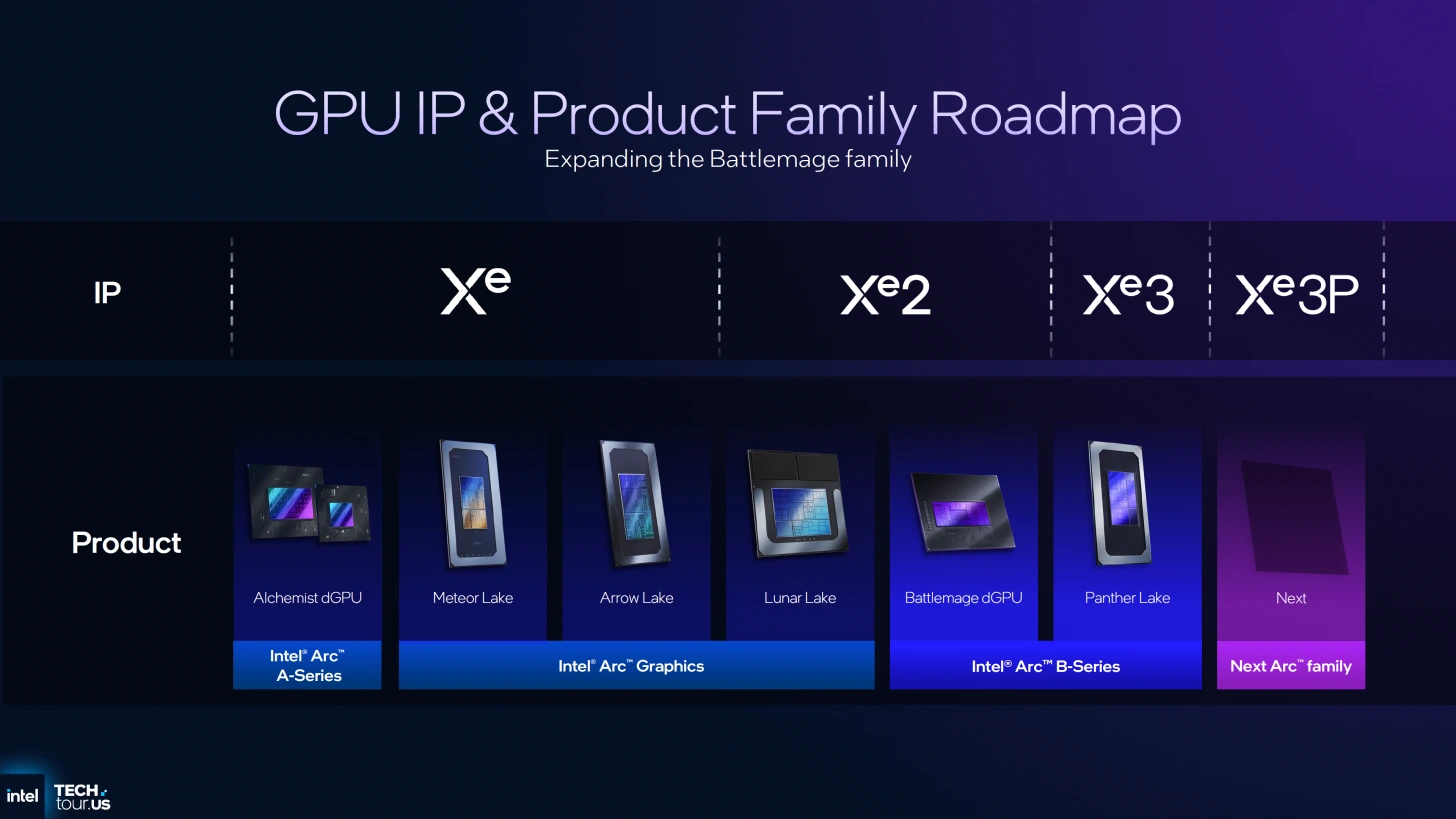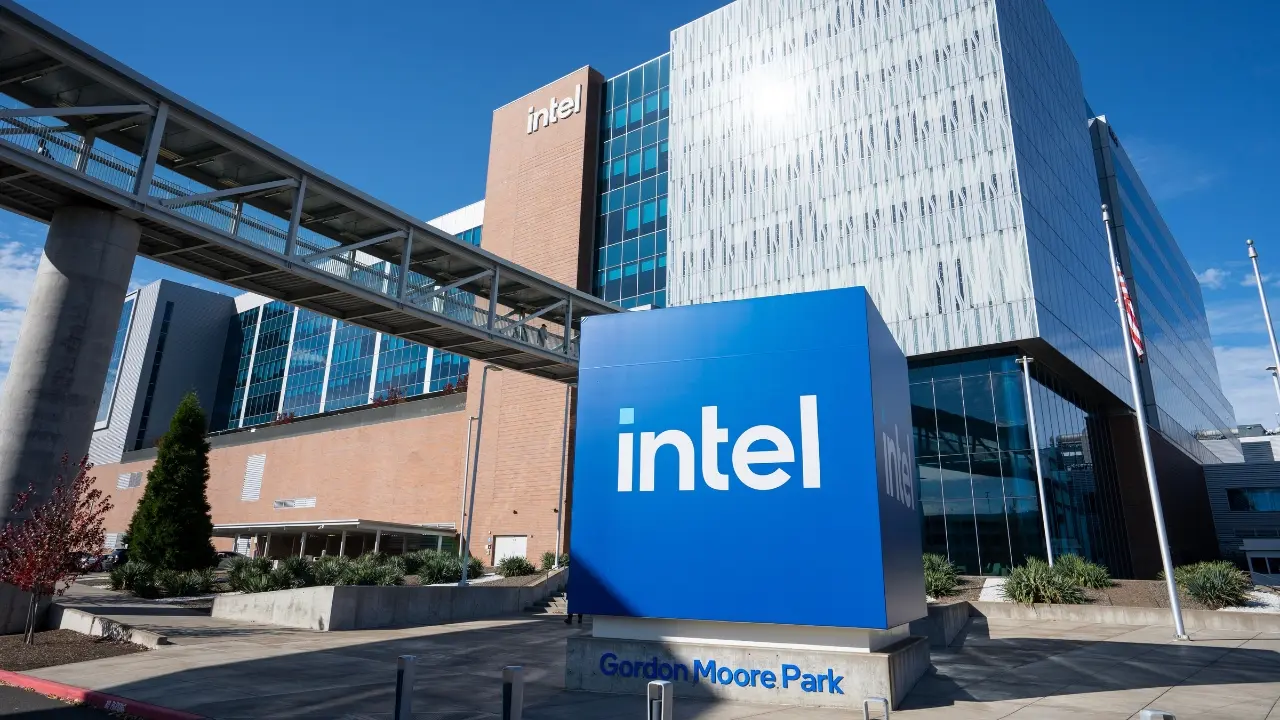Intel has announced a new graphics processor (GPU) for data centers in the AI space. Codenamed “Crescent Island,” this new chip is designed specifically for AI inference tasks. Intel targets organizations prioritizing efficiency, cost, and compatibility over raw power. With this card, compatible with standard air-cooled data center environments, the company aims to strengthen its presence in the server market rather than directly compete with Nvidia’s flagship solutions.
Intel unveils Crescent Island, its new AI GPU with 160GB of LPDDR5X memory
The new GPU is expected to begin production in the second half of 2026. Crescent Island will utilize the Xe3P architecture, an improvement on the Xe3 design found in Intel’s upcoming Panther Lake processors. This architecture will connect Intel with the broader GPU ecosystem, while sharing a common architecture with the company’s notebook GPUs could simplify production and development.

Crescent Island’s most striking technical detail is its use of 160GB of LPDDR5X memory. This configuration is rarely seen in data center accelerators. The 160GB capacity likely indicates the use of 20 discrete LPDDR5X chips. This could indicate 640-bit memory interfaces in a single GPU or 320-bit in a dual-GPU design. Intel’s choice of LPDDR5X over traditional GDDR6 or HBM reflects its emphasis on cost-effectiveness and low power consumption.
However, this engineering strategy has some tradeoffs. LPDDR5X memory cannot operate in “butterfly mode” like GDDR6 or GDDR7. This limits how efficiently the memory can interface with the GPU. While the setup provides sufficient bandwidth for inference tasks, it may not reach the level of high-performance GPUs optimized for training. Intel describes Crescent Island as “power and cost-driven,” clearly indicating its focus on practicality rather than record-breaking performance.
The GPU’s focus on inference means it’s designed to efficiently run pre-trained models, rather than training them from scratch. Crescent Island continues Intel’s efforts to create a reliable alternative to Nvidia and AMD in AI hardware. The architecture also supports a wide range of data types, catering to data center operators using different inference models.
Intel hasn’t yet released detailed performance figures, so it’s unclear how Crescent Island compares to its competitors. Do you think Intel’s new AI strategy, which prioritizes cost and efficiency, will be successful in the data center market?













